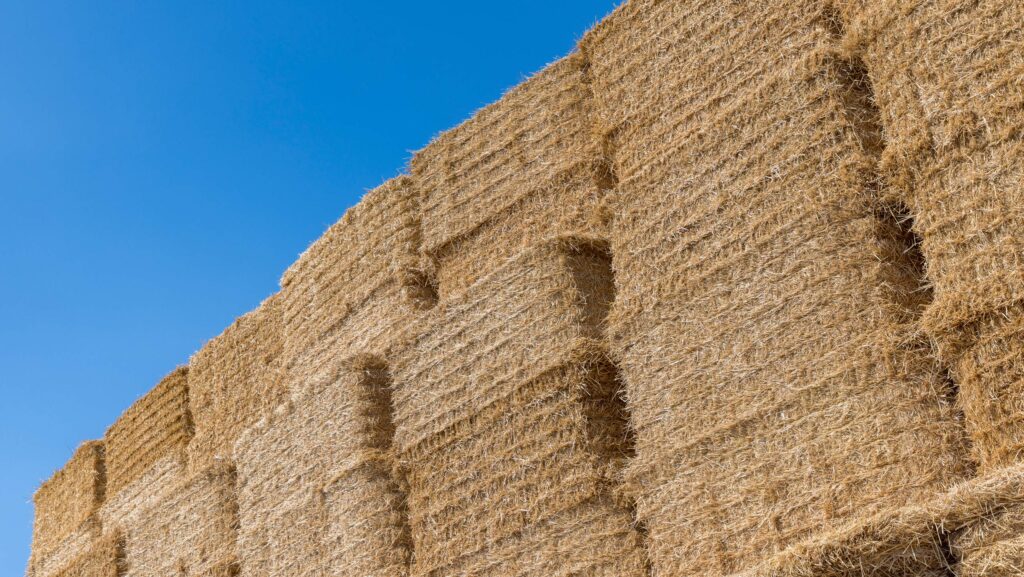Opinion: Straw prices are giving me heart palpitations
 © GNP
© GNP One way or another, we are in the process of waving goodbye to winter 2023-24.
As I’m sure is the case with every farmer, the waving is predominantly being done with my middle finger, as it’s definitely been the hardest period of my farming career.
With farming, a difficult time can have a knock-on effect for years to come. Our silage stocks are non-existent, and while we’ve had good grass growth so far (with 80 acres of grass still to plant) next winter’s feed is already looking a tad tight.
See also: Opinion – colostrum will be key in two-tier calf market
However, all these issues are dwarfed by the perfect storm that has started circling over straw’s price and availability.
Of course, there are two sides to every coin.
While the thought of straw matching grain prices must put a tiny spring in the step of arable farmers, it will make those livestock farmers who rely upon it look very closely at their systems.
We are fortunate to neighbour a large arable unit and have swapped muck with straw for years.
Although their crops look great considering the season, we won’t see the exceptional volume of straw per hectare we are used to.
Yes, I’m openly boot-licking, but desperate times call for desperate measures.
The thought of going to the open market and spending close to £100 on a Heston bale when during midwinter we get through about 50 a week is already giving me heart palpations, and it’s only April.
The morality of burning straw at power stations will come firmly back into the spotlight again, as it should.
Admittedly I’m biased on the subject, but surely, to meet net-zero targets, it makes sense to encourage us to lock that carbon up in our soil in the form of increased organic matter rather than sending it up into the atmosphere.
I’m no scientist – or accountant, for that matter – but as wheat has twice the calorific value of straw, wouldn’t current economics say they should be burning the grain instead?
That would at least help a little with the wheat price and give us livestock farmers a chance of keeping our cattle clean during the increasingly wet winters.
Our cattle use about 500kg a head of straw over winter, with the majority of that being used in the finishing sheds to keep them clean and within spec.
The straw-fuelled Brigg Renewable Energy Plant in North Lincolnshire alone uses a staggering 240,000t of straw annually.
By my calculations, that straw could keep half a million cattle bedded over winter and produce a few million tonnes of farmyard manure to reduce our reliance on artificial fertiliser.
Oh, and also produce a nutrient-dense, delicious source of protein at the same time.
Anyway, it’s another reason to look hard at our farming system and see if we can adapt to the current climate.
Our finishing cattle (over 450kg) use about two-thirds of our silage and a similar proportion of our straw.
With store prices as high as ever, we may well be dipping our toe into selling stores this winter to see if that makes more sense.
It would certainly reduce our workload midwinter and allow us to focus on calf rearing and grazing, which we enjoy when it’s dry – but not too dry.

